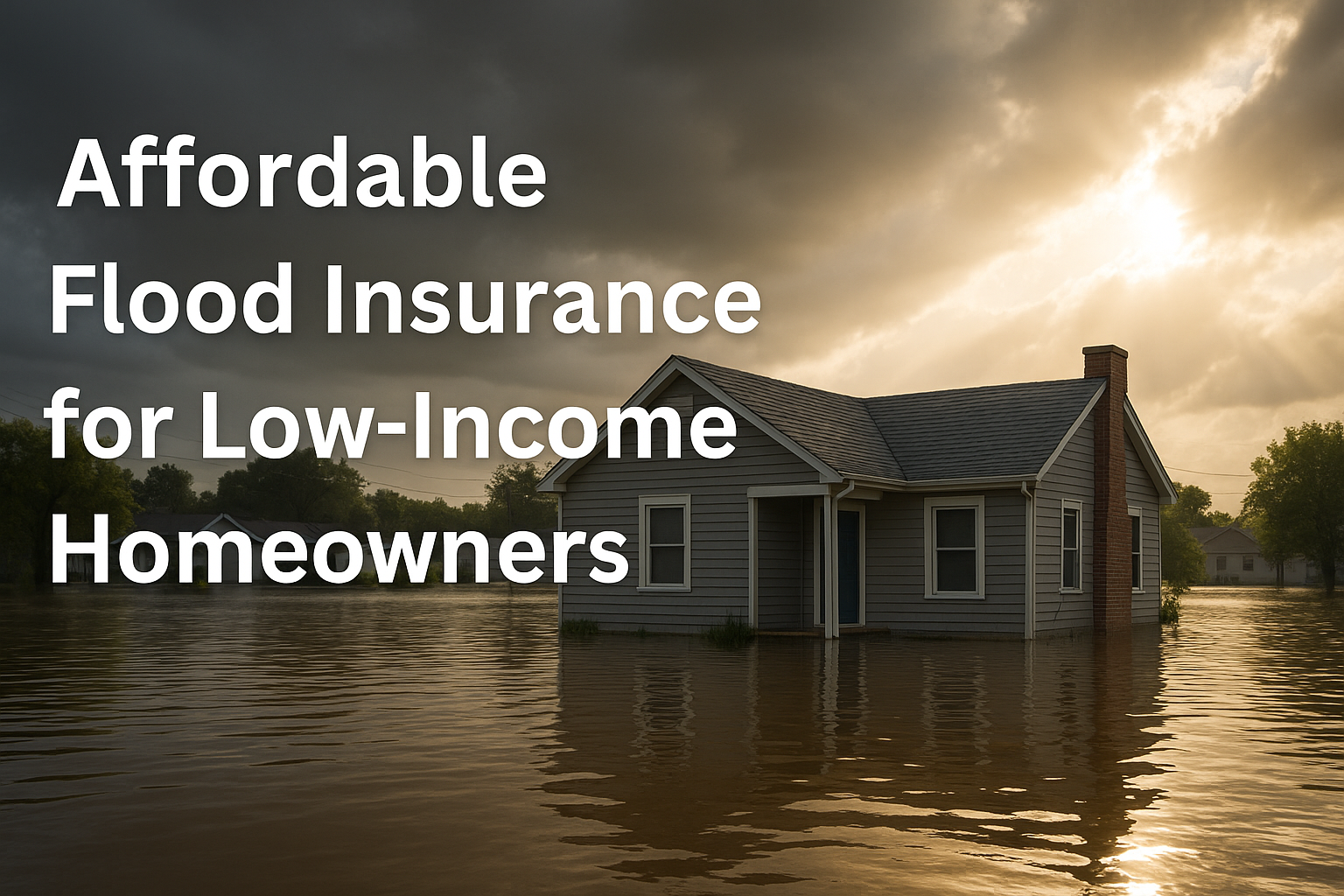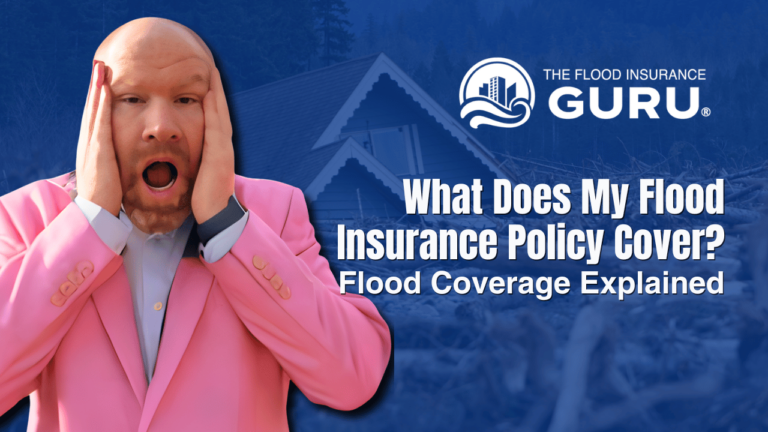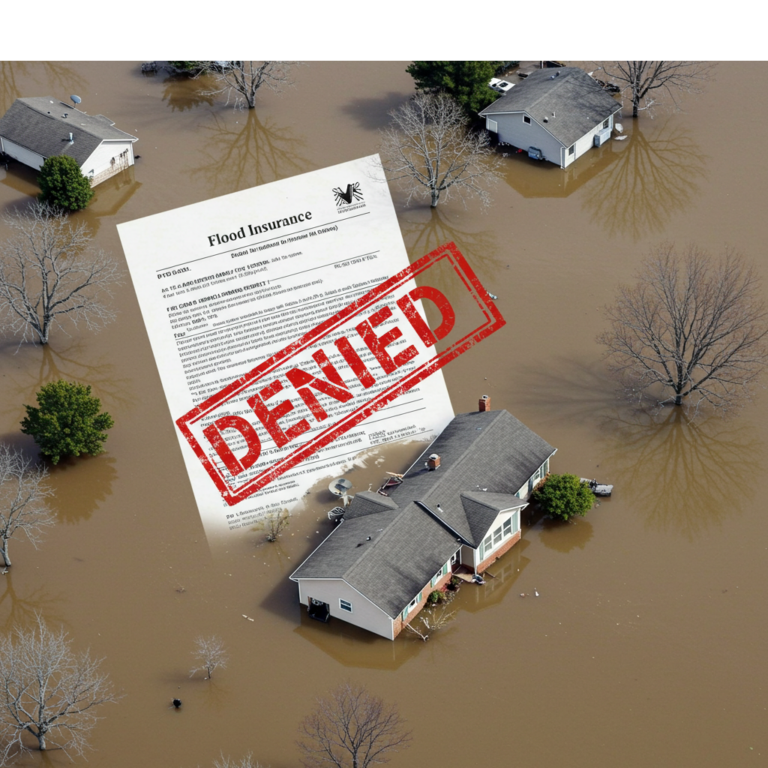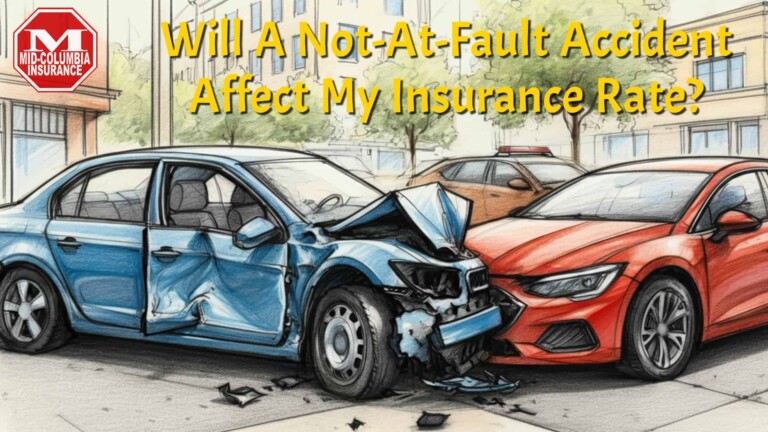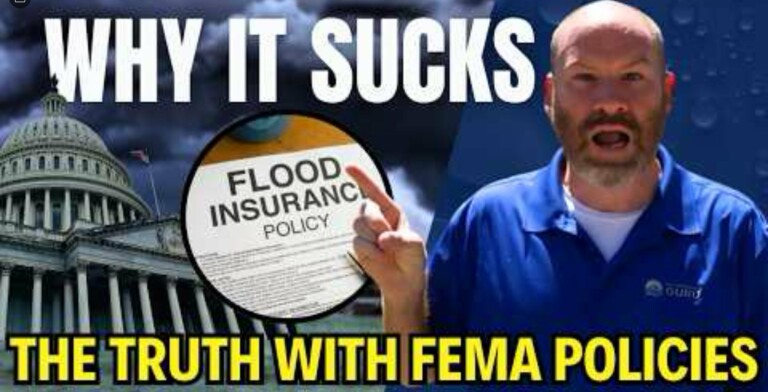Affordable Flood Insurance for Low-Income Homeowners: 5 Real Solutions
Are you worried flood insurance is too expensive to afford?
You’re not alone. Many low-income homeowners know they need flood protection—but they feel priced out of it.
Living in a high-risk zone with limited income?
That makes the decision even harder. Flood insurance often seems like a luxury, even when it’s a necessity.
Here’s the good news: You don’t have to choose between financial survival and protecting your home.
In this article, we’ll show you five affordable flood insurance solutions—and how to qualify for them.
Why Flood Insurance Feels Out of Reach
If you’re a low-income homeowner or renter, your flood insurance challenges are real:
- Premiums can feel unaffordable, especially if your home is in a mapped high-risk area.
- Standard FEMA plans don’t always account for actual risk-reducing features on your property.
- Private options may seem out of the question—but they’re not always more expensive
- Lack of information about local or national assistance programs leaves many homeowners unprotected.
But the cost of doing nothing? It could be tens of thousands of dollars in uninsured flood damage.
5 Affordable Flood Insurance Options You Should Know About
1. FEMA’s NFIP Coverage + Mitigation Discounts
Even within FEMA’s National Flood Insurance Program, there are ways to reduce your cost:
- Ask about Community Rating System (CRS) discounts
- Submit an elevation certificate if your home sits higher than base flood elevation
- Install mitigation features like flood vents or raised HVAC units
2. Private Flood Insurance with Low Limits
Some private insurers offer plans with:
- Lower base premiums
- Smaller deductible options
- Flexible limits (you don’t always have to max out $250K coverage)
3. State or Local Subsidy Programs
Some states offer grants or subsidies for flood insurance if you meet income qualifications.
Check with:
- Your local floodplain manager
- City or county emergency management office
4. FEMA’s Risk Rating 2.0 Adjustments
Under FEMA’s new system, some low-income homeowners with lower actual flood risk now pay less than before.
Request a re-rating with:
- Updated property elevation info
- Mitigation documentation
5. Policy Bundling or Payment Plans
Ask your insurance provider if they offer:
- Installment payments
- Multi-policy discounts (home + flood, where allowed)
Even if you’ve been quoted a high premium in the past—there may be options you didn’t know existed.
What If You Still Can’t Afford Flood Insurance?
If cost is still out of reach, here are some next steps:
- Check for nonprofit disaster relief programs in your area
- Ask FEMA or your agent if you qualify for a subsidized rate based on income
- Reduce your contents coverage temporarily while keeping essential protection
- Get a quote from multiple providers—not all agents quote the same policies
Conclusion
Resolution: You now have five real, tangible strategies to reduce your flood insurance cost.
Remind: Ignoring flood protection may feel cheaper today—but it could cost you everything tomorrow.
Relevant Next Step: The next move is easy: request a free flood insurance review designed specifically for low-income households.
Reintroduce: At The Flood Insurance Guru, we help homeowners just like you protect their homes without blowing their budgets. Let’s find the right plan—together.
Request a Low-Cost Policy Review
Flood protection doesn’t have to be expensive. But doing nothing? That’s the real risk.
Information contained on this page is provided by an independent third-party content provider. This website make no warranties or representations in connection therewith. If you are affiliated with this page and would like it removed please contact editor @producerpress.com

